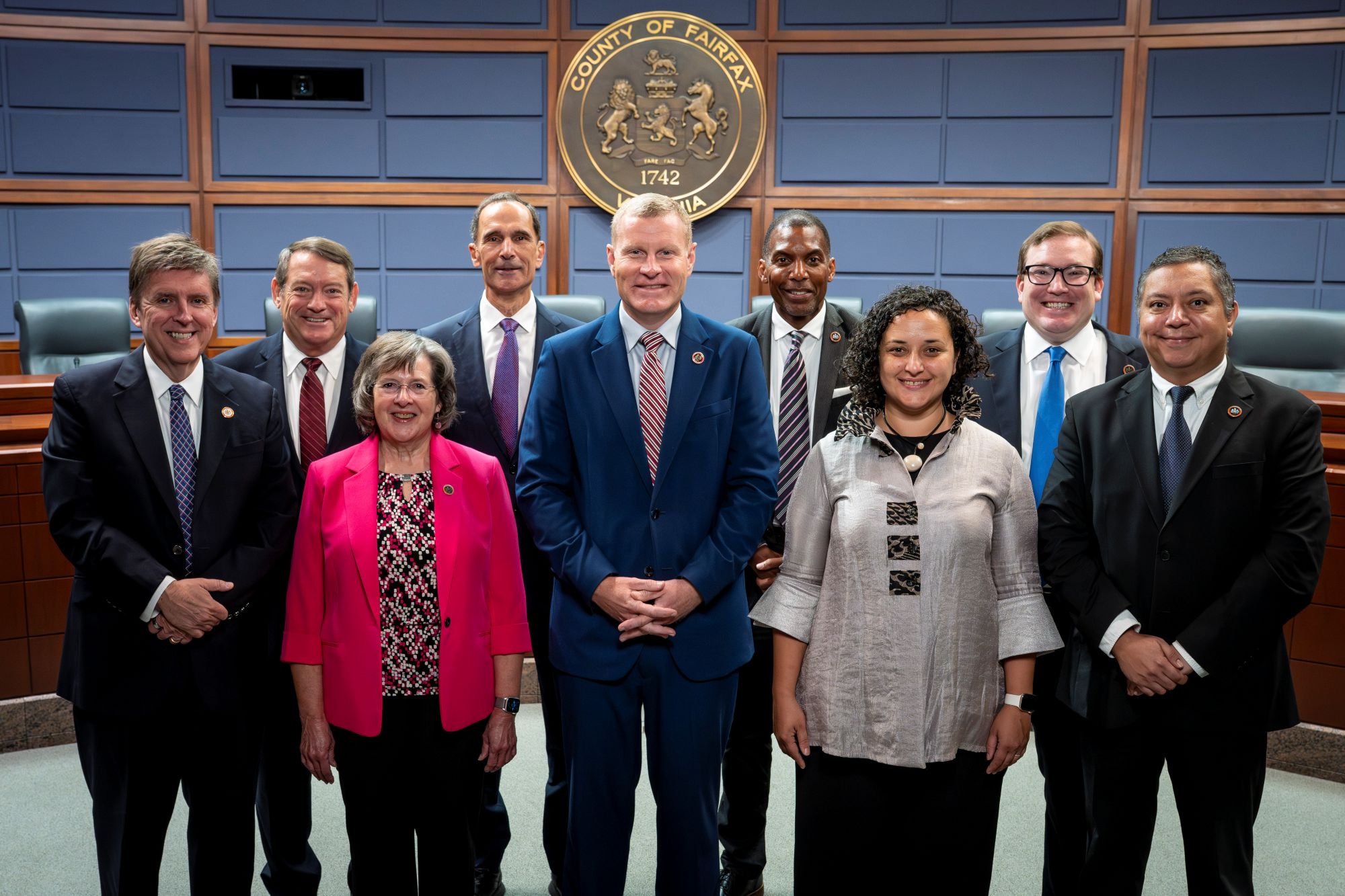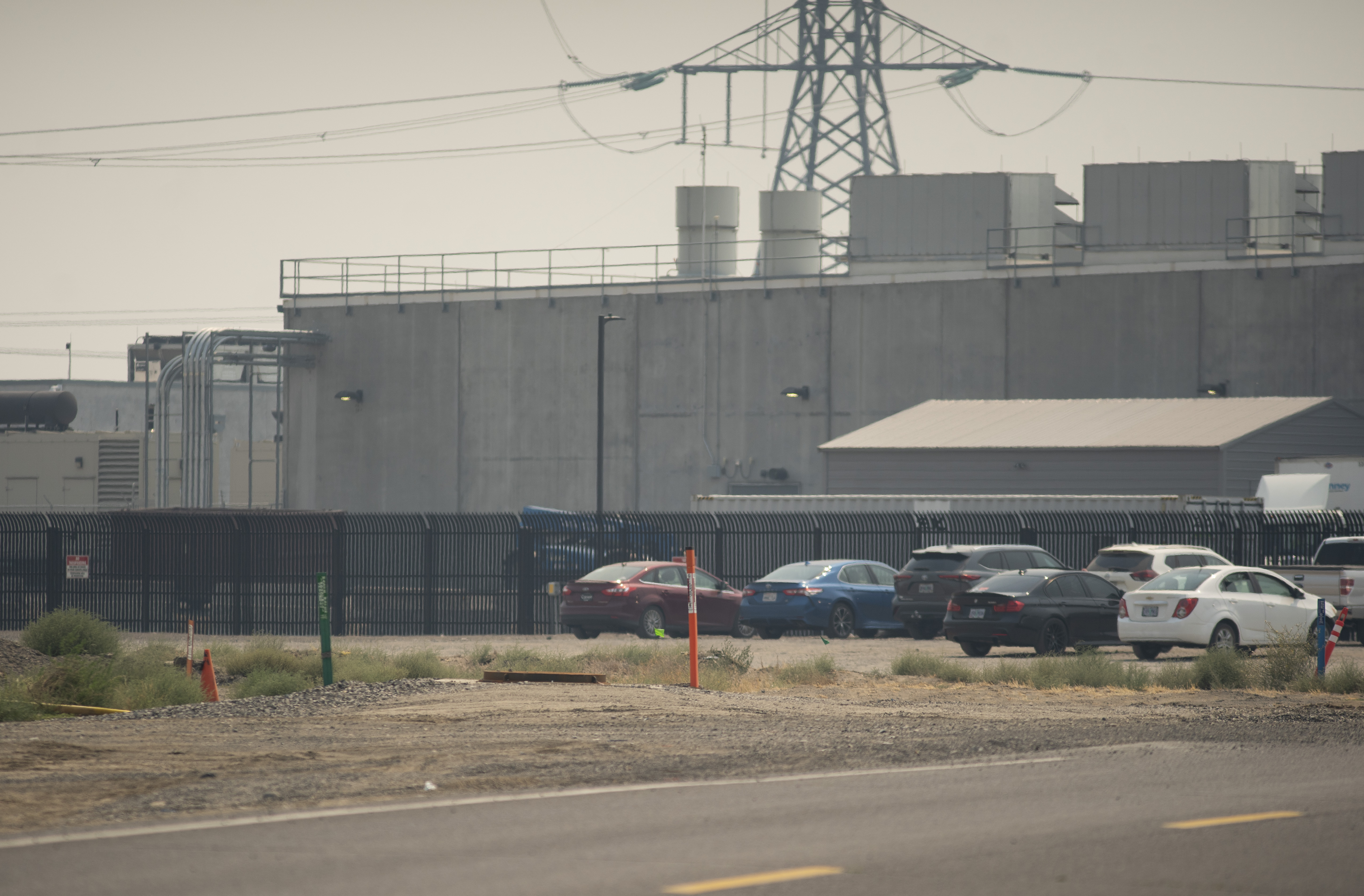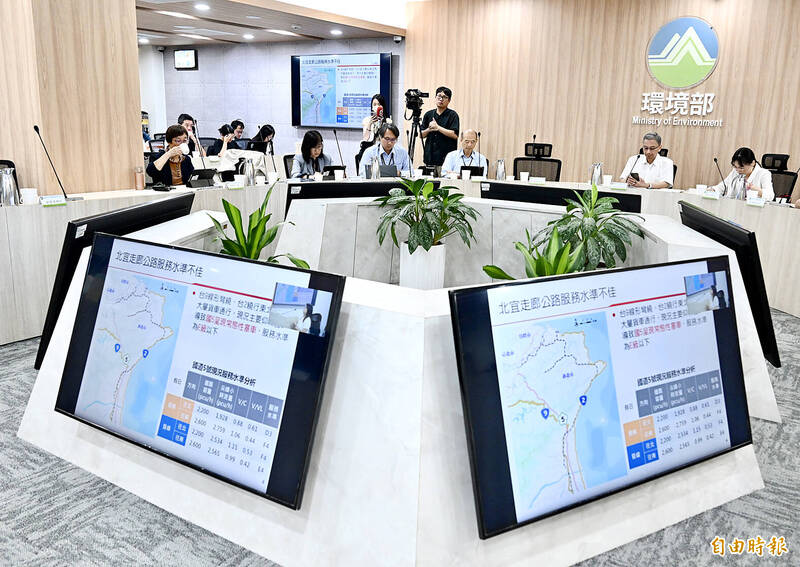Executive Summary: Cancellation of Mid-Atlantic Lease Sale 220 and Implications for Sustainable Development Goals
A 2010 executive decision to cancel the proposed Mid-Atlantic Oil and Gas Lease Sale 220 represents a significant action in aligning national energy policy with global sustainability commitments. The cancellation, which halted the potential development of fossil fuel resources offshore Virginia, directly supports several United Nations Sustainable Development Goals (SDGs). This report details the background of the proposed sale and analyzes the decision’s alignment with key SDGs, particularly those concerning climate action, marine biodiversity, and sustainable resource management.
Background of Proposed Lease Sale 220
Initiation and Scope
The process for a potential lease sale offshore Virginia was initiated at the request of the Commonwealth of Virginia. The proposed area, designated as Lease Sale 220, was located in the Mid-Atlantic Planning Area and covered approximately 2.9 million acres, situated at least 50 miles from the coast. The Bureau of Ocean Energy Management (BOEM) estimated the area contained potential reserves of 130 million barrels of oil and 1.14 trillion cubic feet of natural gas. The initial step was a Call for Information and Interest/Nominations (Call/NOI) to gather data and public input for the preparation of an Environmental Impact Statement (EIS).
Procedural Timeline
- November 13, 2008: A Call/NOI and a Notice of Intent to prepare an EIS were published in the Federal Register.
- January 13, 2009: The initial public comment period for the Call/NOI concluded.
- April 2, 2010: The comment period was reopened, with public scoping meetings announced for a Programmatic Environmental Impact Statement (PEIS).
- May 7, 2010: A notice was published announcing the indefinite postponement of the comment period and cancellation of public meetings.
- May 27, 2010: The executive branch announced the final decision to cancel Lease Sale 220.
Alignment with United Nations Sustainable Development Goals (SDGs)
The cancellation of Lease Sale 220 is a noteworthy example of policy action that advances multiple SDGs. The decision prioritized long-term environmental health and climate stability over short-term fossil fuel extraction.
SDG 13: Climate Action & SDG 7: Affordable and Clean Energy
The decision is a direct contribution to SDG 13 (Climate Action). By preventing the extraction and subsequent combustion of an estimated 130 million barrels of oil and 1.14 trillion cubic feet of natural gas, the action helps mitigate the release of greenhouse gases. This aligns with Target 13.2, which calls for integrating climate change measures into national policies and planning. Furthermore, it supports the transition envisioned in SDG 7 (Affordable and Clean Energy) by signaling a shift away from fossil fuel dependency and creating policy space to promote investment in renewable and clean energy sources.
SDG 14: Life Below Water & SDG 15: Life on Land
The cancellation provides critical protections for marine ecosystems, directly supporting SDG 14 (Life Below Water). Key benefits include:
- Preventing potential marine pollution from oil spills and operational discharges (Target 14.1).
- Protecting marine and coastal ecosystems from the physical disruption, noise pollution, and habitat degradation associated with offshore drilling infrastructure (Target 14.2).
- Conserving marine biodiversity in the Mid-Atlantic region.
This action also indirectly supports SDG 15 (Life on Land) by safeguarding coastal habitats that are intrinsically linked to the health of the offshore marine environment.
SDG 12: Responsible Consumption and Production
The decision reflects a commitment to SDG 12 (Responsible Consumption and Production). By forgoing the exploitation of new fossil fuel reserves, the U.S. government demonstrated a move towards more sustainable management of natural resources (Target 12.2). This action challenges unsustainable production patterns reliant on finite resources and encourages a circular economy approach focused on long-term environmental stewardship.
Conclusion
The cancellation of Mid-Atlantic Lease Sale 220 was a landmark decision that prioritized environmental sustainability and climate resilience. It serves as a clear case study of how national energy policy can be strategically aligned with the United Nations Sustainable Development Goals. By preventing offshore drilling in this sensitive region, the action advanced objectives for climate action (SDG 13), the protection of marine life (SDG 14), and the promotion of responsible resource management (SDG 12), setting a precedent for future energy development decisions in the context of global sustainability commitments.
SDGs Addressed in the Article
SDG 7: Affordable and Clean Energy
- The article’s central theme is the exploration for fossil fuels, specifically oil and natural gas. It discusses a potential lease sale for an area estimated to contain “130 million barrels of oil and 1.14 trillion cubic feet of natural gas,” which directly pertains to the supply side of the energy sector.
SDG 13: Climate Action
- The exploration and eventual combustion of oil and gas are primary drivers of climate change. The process of conducting an “Environmental Impact Statement (EIS)” inherently involves assessing potential environmental harms, including climate impacts. The final decision to “cancel Sales 215 and 220” can be interpreted as a policy action to mitigate future greenhouse gas emissions by preventing new fossil fuel extraction.
SDG 14: Life Below Water
- The proposed lease sale is located “offshore Virginia,” placing it directly within a marine environment. Offshore oil and gas activities pose significant risks to marine ecosystems from potential spills, operational pollution, and habitat disruption. The requirement for an EIS and the “Workshop on Environmental Research Needs” demonstrate a focus on understanding and mitigating these risks to marine life. The cancellation of the sale serves as a direct measure to protect the marine environment in the designated area.
SDG 16: Peace, Justice and Strong Institutions
- The article details a formal, transparent governmental process for managing natural resources. It mentions official publications like the “Federal Register,” a “Call for Information and Interest/Nominations,” a “public participation process,” and a “comment period.” These elements are hallmarks of effective, accountable, and transparent institutions that facilitate public involvement in decision-making.
Specific Targets Identified
-
Target 7.a: By 2030, enhance international cooperation to facilitate access to clean energy research and technology, including renewable energy, energy efficiency and advanced and cleaner fossil-fuel technology, and promote investment in energy infrastructure and clean energy technology.
- The article relates to this target by describing a national-level process for managing and potentially investing in energy infrastructure, albeit for fossil fuels. The government’s evaluation of an area estimated to contain significant oil and gas reserves is a step in planning national energy resource development.
-
Target 13.2: Integrate climate change measures into national policies, strategies and planning.
- The decision by the President to “cancel Sales 215 and 220” is a direct example of integrating environmental and climate considerations into national energy policy. It represents a strategic choice to forgo potential fossil fuel extraction, which aligns with climate change mitigation goals. The mandatory “Environmental Impact Statement (EIS)” process is a planning tool used to integrate such considerations.
-
Target 14.2: By 2020, sustainably manage and protect marine and coastal ecosystems to avoid significant adverse impacts…
- The entire regulatory process described, including the “Notice of Intent to Prepare an EIS” and the “Workshop on Environmental Research Needs,” is designed to evaluate and manage potential adverse impacts on the marine ecosystem. The ultimate cancellation of the lease sale is a definitive action taken to protect the marine environment off the coast of Virginia from the risks of oil and gas development.
-
Target 16.7: Ensure responsive, inclusive, participatory and representative decision-making at all levels.
- The article highlights multiple mechanisms for participatory decision-making. The process included a “Call for Information and Interest,” a “public participation process,” a “comment period,” and “public meetings,” all of which are designed to gather input from stakeholders and the public before a final decision is made. The mention that the area was included in the plan “at the request of the Commonwealth of Virginia” also shows responsiveness to regional government input.
Implied Indicators for Measuring Progress
-
For SDG 7 (Affordable and Clean Energy):
- The estimated volume of fossil fuel resources under consideration for development (“130 million barrels of oil and 1.14 trillion cubic feet of natural gas”).
- Existence of a formal government process (“Call for Information and Interest/Nominations”) to evaluate and manage potential energy infrastructure projects.
-
For SDG 13 (Climate Action):
- Policy decisions on fossil fuel projects (e.g., the “decision to cancel Sales 215 and 220”).
- Integration of environmental assessments into project planning (e.g., the “Notice of Intent to Prepare an EIS”).
-
For SDG 14 (Life Below Water):
- Implementation of environmental assessment procedures for offshore activities (e.g., “Environmental Impact Statement (EIS)”).
- Number of workshops or studies conducted to assess environmental risks (e.g., “Workshop on Environmental Research Needs”).
- Cancellation of projects with potential adverse impacts on marine ecosystems.
-
For SDG 16 (Peace, Justice and Strong Institutions):
- Use of public notification mechanisms for government actions (e.g., publication in the “Federal Register”).
- Availability of public participation and feedback channels (e.g., “comment period,” “public meetings”).
Summary Table of SDGs, Targets, and Indicators
| SDGs | Targets | Indicators |
|---|---|---|
| SDG 7: Affordable and Clean Energy | Target 7.a: Promote investment in energy infrastructure and technology. |
|
| SDG 13: Climate Action | Target 13.2: Integrate climate change measures into national policies, strategies and planning. |
|
| SDG 14: Life Below Water | Target 14.2: Sustainably manage and protect marine and coastal ecosystems. |
|
| SDG 16: Peace, Justice and Strong Institutions | Target 16.7: Ensure responsive, inclusive, participatory and representative decision-making. |
|
Source: boem.gov
![]()





